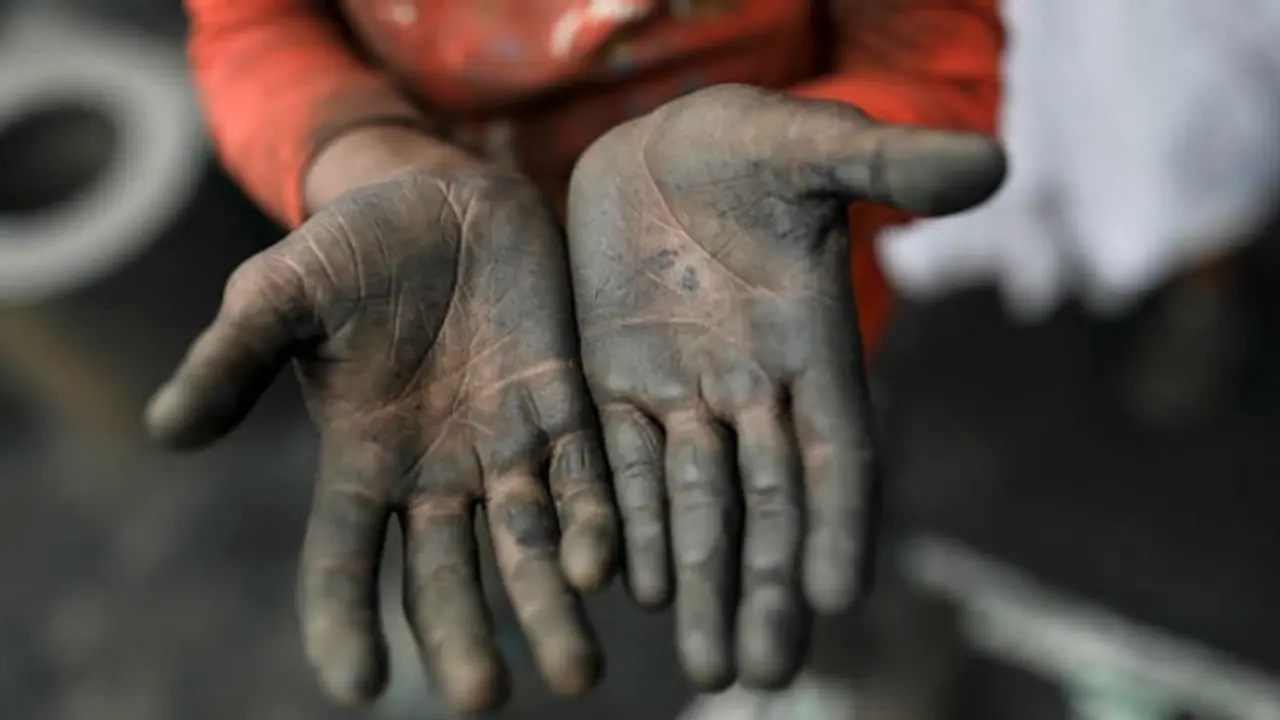The International Labour Organisation (ILO) believes that the elimination of societal evils and reducing poverty can contribute largely to solving the problem from a grass root level.
New Delhi: According to data released by the UNICEF in 2017, 12 per cent of all children in India actively engage in child labour, and more than 200 million children across the world participate in some form of labour.
While some children are forced to drop out from schools to help impoverished parents at home, many are forced into crime rackets, and others have never stepped in a school because of extreme poverty.
The United Nations introduced the observation of World Day against Child Labour every year on June 12. The day is meant to raise awareness about child labour worldwide.
The observation of World Day against Child Labour began in 2002, and the main goal is to decrease the demand for child labour and to create awareness. International Labour Organisation (ILO) believes that the elimination of societal evils and reducing poverty can contribute largely to solving the problem from a grass root level.
The theme of this year’s observation is, ‘Children shouldn’t work in fields, but on dreams.’ The conditions that make the task child labour:
1. is mentally, physically, socially or morally dangerous and harmful to children;
2. interferes with their schooling;
3. deprives them of the opportunity to attend school;
4. obliges them to leave school prematurely;
5. requires them to attempt to combine school attendance with excessively long and heavy work.
India has come a long way in tackling this problem, but there is still a long way to go. Acts like the Child Labour Act, 1986 Right of Children to Free and Compulsory Education Act, 2009 are a step in the right direction against child labour.
